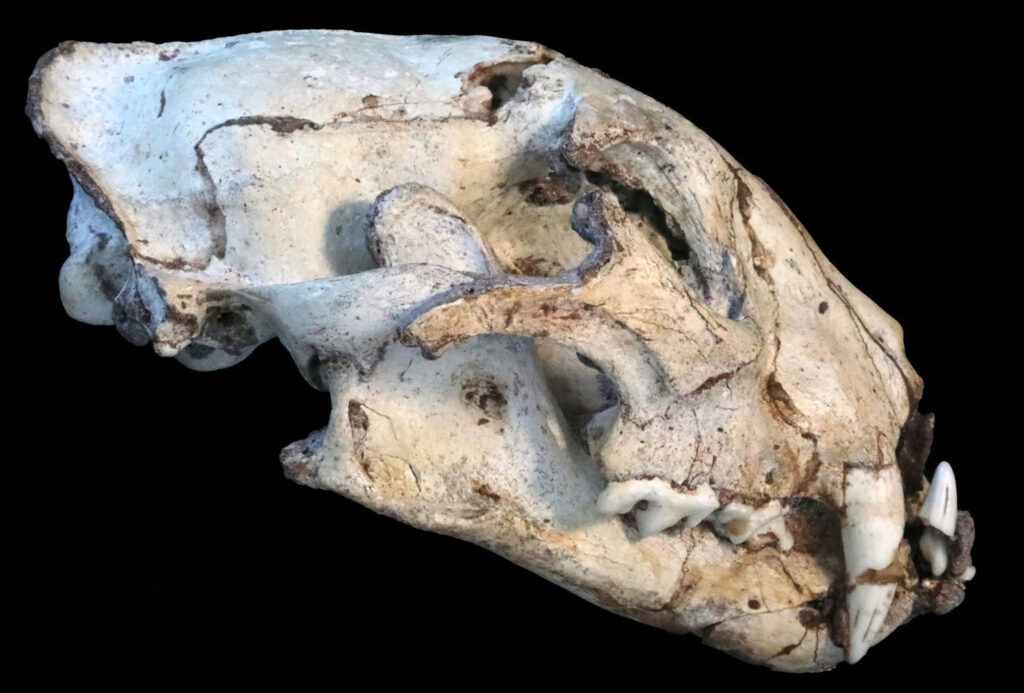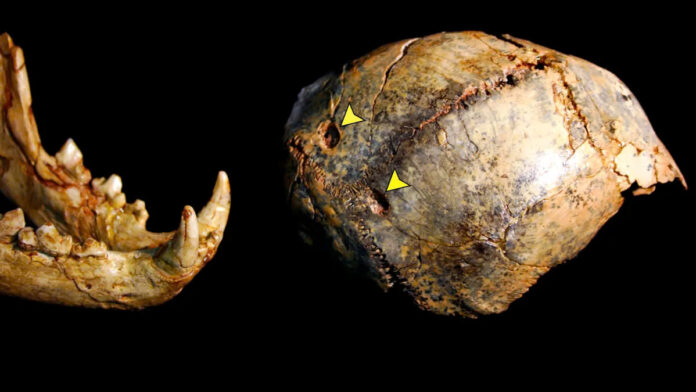In a remarkable paleontological discovery, researchers have unearthed what may be one of the smallest human relatives ever found – a petite Paranthropus robustus who stood just over 3 feet tall and likely met her demise as a leopard’s meal approximately 2 million years ago.
Remarkable Discovery in South Africa’s Cradle of Humankind

Scientists from the University of Wisconsin-Madison and the University of Alabama at Birmingham have uncovered an extraordinary fossil specimen in South Africa’s Swartkrans limestone cave. The specimen, designated SWT1/HR-2, consists of three connected bones – a left hip, femur, and tibia – belonging to what researchers believe was a young adult female Paranthropus robustus.
At just 3 feet, 4.5 inches (1.03 meters) tall, this individual was even shorter than the famous “Lucy” from Ethiopia and the mysterious “hobbits” (Homo floresiensis) discovered in Indonesia. Weighing approximately 60 pounds (27.4 kg), this diminutive human relative provides fascinating insights into our evolutionary past.
A Unique Window into Ancient Locomotion
Lead researcher Travis Pickering noted that the discovery offers rare and valuable information about how this species moved through its environment 2 million years ago.
“She was certainly robust in the pelvis and at the hip joint,” explained Pickering. “However, her leg bones are not as remarkable in this regard – and this is one of the quizzical things about the fossils.”
The combination of robust hip bones with relatively slender leg bones suggests this species walked upright but likely also climbed trees – either searching for food or escaping predators. This finding adds important details to our understanding of hominin locomotion during this crucial period of human evolution.
Victim of a Prehistoric Predator

Perhaps most intriguing about this discovery is the evidence suggesting how this individual died. Careful examination of the bones revealed tooth marks consistent with those of a leopard, suggesting this young female P. robustus fell victim to a predator.
Leopards of that era, much like their modern counterparts, likely waited near cave entrances and preferred prey weighing around 55 pounds – making this 60-pound hominin an ideal target. The discovery provides a rare glimpse into the predator-prey relationships that shaped human evolution.
Video
Mysterious Miniature Stature
Researchers are still puzzled by the extremely small size of this individual. Unlike the “hobbits” of Indonesia, whose diminutive stature may be attributed to insular dwarfism (evolutionary size reduction due to limited resources), the reason for this P. robustus’s small size remains unclear.
“It may reflect natural variation within the species, population-level differences, or environmental influences such as nutrition or developmental constraints,” suggests study co-author Jason Heaton.
Hope for Further Discoveries

The research team believes more of SWT1/HR-2’s skeleton may still be recovered from the Swartkrans site. Since leopards typically don’t consume bones, there’s a good chance that additional remains from this individual are preserved in the sedimentary rock of the cave.
Further excavation at this rich fossil site may yield more bones from the same individual, potentially providing additional insights into this fascinating chapter of our evolutionary history.
The study, published in the Journal of Human Evolution, represents an important contribution to our understanding of human relatives who lived in Africa approximately 2 million years ago, offering a rare glimpse into the life and death of our ancient ancestors.

